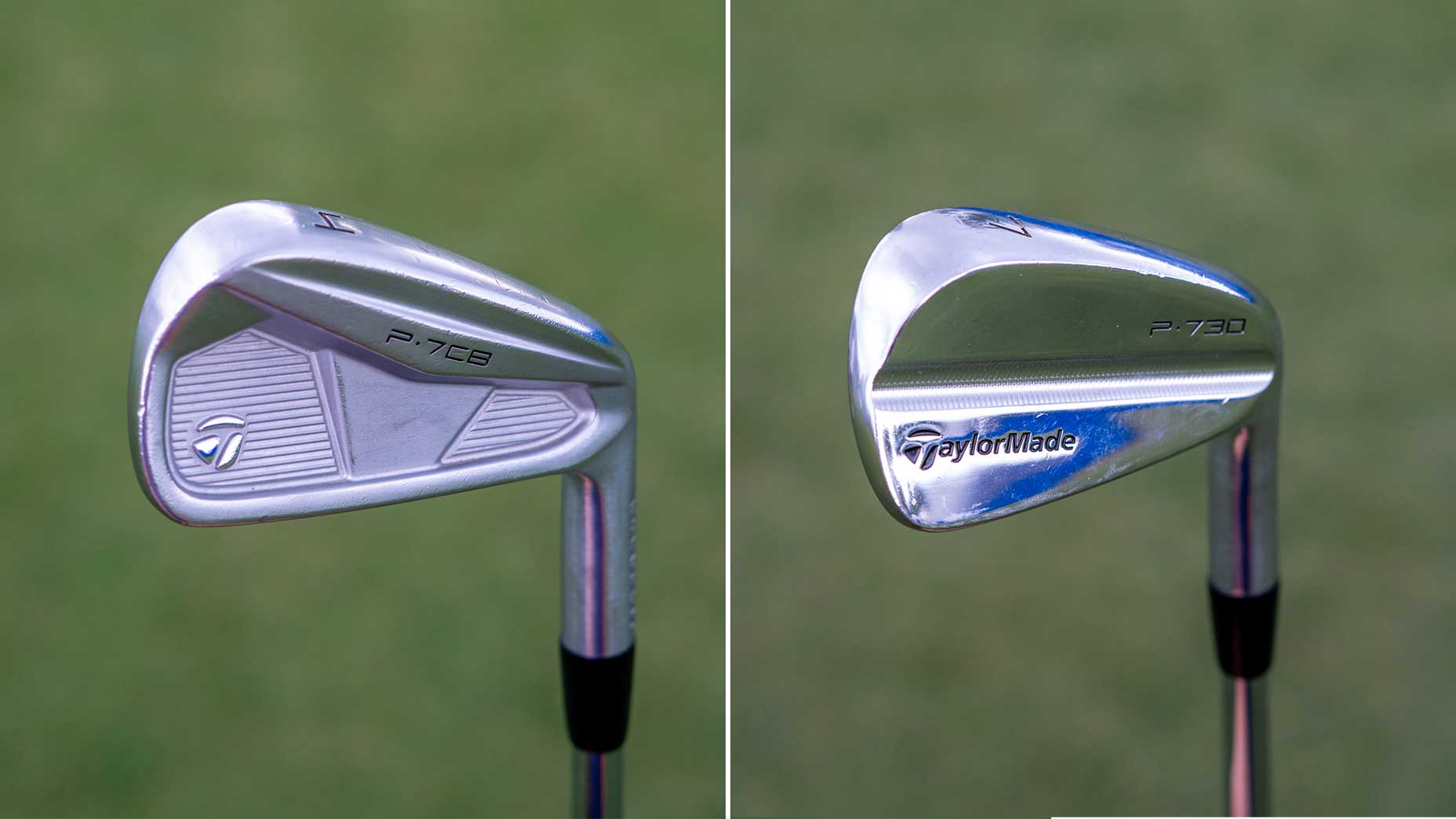Whoever said the best things in life are free wasn’t a golfer. Dropping dollars on the game we love is a price we’re always willing to pay, as long as the price is right. That’s why we dubbed the latest issue of GOLF Magazine “The Money Issue” and dedicated dozens of pages to smartly investing in your game. You can pick up the Sept./Oct. issue of GOLF Magazine at a nearby store, or subscribe here.
Tomorrow’s stars are playing junior, amateur and collegiate golf today, and the battle to forge relationships with these young talents continues to heat up. TaylorMade has been successfully mixing it up in these trenches for years. (Witness its already long-standing bond with Collin Morikawa.) David Abeles, TaylorMade’s president and CEO, explains why the company feels that doing so is mission critical.
GOLF.com: What internal and external systems does TaylorMade use to identify young talent?
David Abeles: The entire organization is always embracing new talent, but functionally we have a designated group — the sports marketing group — whose purpose is to identify talent. We also work very closely with the American Junior Golf Association. As the AJGA’s title sponsor, we engage in these relationships very early in the junior’s development process and make sure we’re close to where the talent resides.
Moving to a golf community? Great! But the golf retirement of your dreams requires some serious forethoughtBy: Paul Sullivan
Why is attracting young talent to the brand important versus just converting them down the road?
Our company’s mission is to be the best performance golf brand in the world. One way to validate a brand and a product range like ours is to work with not only the best players in the world but the best developing players in the world who are going to trust our equipment to enable them to play their best and achieve their goals. We start to build what we call lifetime value with those players. Long-term, sustainable relationships really matter to our company.
How important are the home-run signings, like Collin Morikawa has turned out to be?
The optics of any brand starts with the world’s best players. There’s a lot of energy around those athletes for obvious reasons. We just signed the world’s top-ranked amateur in John Pak. John’s now a TaylorMade athlete, but we’ve been working with him for years. We’ve been working with Dustin Johnson since he was 14. Collin Morikawa signed with us when he turned professional, but he’s been working with us for a decade. We have a long-term view on our talent, on our relationships and on advanced technology.
How has the loosening and changing of compensation rules around amateur and collegiate golfers impacted things?
The new rules enable us to add a monetary component to the investment we’ve already made in these athletes. It enables us to help a bit more, to enhance an amateur or collegiate player’s ability to do things with their career they may not have been able to do otherwise. Fortunately, our marketing structure allows us to integrate the NIL [name, image and likeness] rule into our business, so we’re already able to start moving forward and sign some collegiate athletes who have already been with our brand for many years. The model of tracking and retaining the athlete doesn’t change, but there will be fair compensation for them moving forward that should further our position with them as they turn professional.











